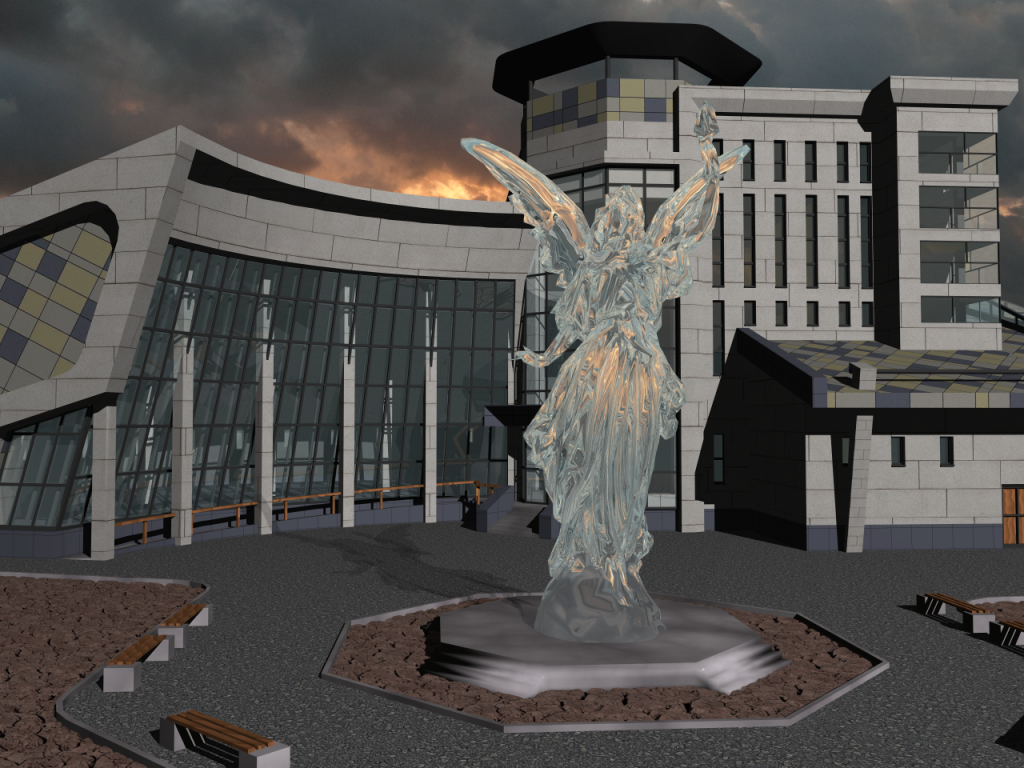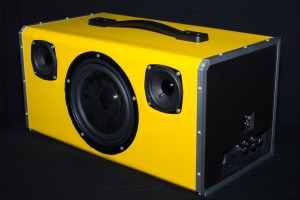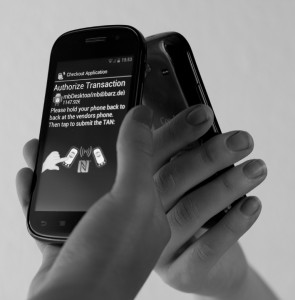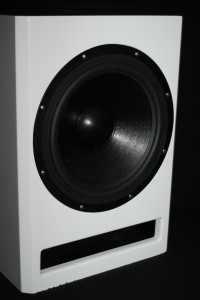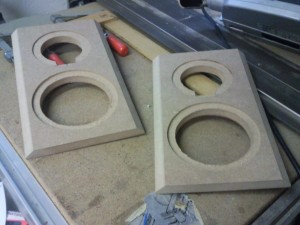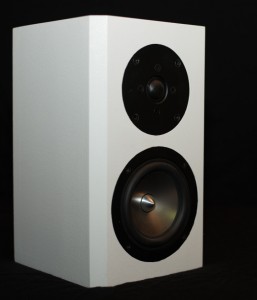Eyetracking as an Input Modality
Multi-touch surfaces enable highly interactive and intuitive applications. Nevertheless large devices are also constrained. It’s possible that users cannot reach every part of the display without walking around or leaning on the surface. To compensate this restriction, I present a method to use mobile eyetracking as an additional input modality. In particular I propose an approach relying on marker-based display recognition and homogeneous transformations. In a user study I evaluated the implementation in terms of accuracy. As result I extracted some design guidelines for building interfaces and considered how to solve limitations of the proposed system.

